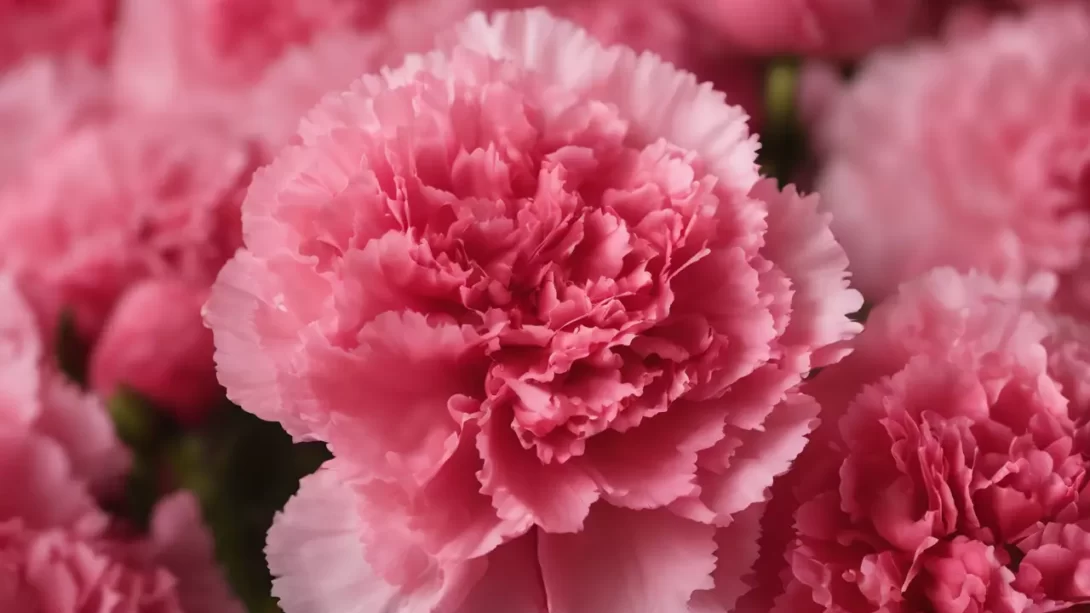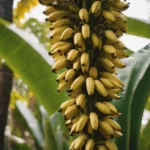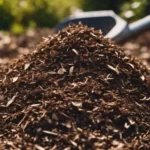Flower pressing is a timeless and elegant way to preserve the beauty of blooms, and carnations, with their vivid colors and unique texture, are excellent candidates for this craft. Pressed carnations find their way into various decorative projects, offering a touch of nature’s charm to handmade crafts and home décor. The process of pressing helps in maintaining the distinct hues and shapes of carnations, making them ideal for capturing the essence of your garden in a lasting form.
Selecting the Right Carnations for Pressing
The key to beautiful pressed flowers starts with selecting the right specimens. Choose carnations that are fresh and in full bloom, as they exhibit the best color and form. It’s ideal to pick them on a dry day, preferably in the late morning after the dew has evaporated. Before pressing, gently clean the petals with a soft brush or cloth to remove any dirt or insects, and carefully pat them dry to eliminate excess moisture, ensuring they are in perfect condition for pressing.
Materials Needed for Pressing Carnations
You’ll need a few basic materials to start pressing carnations. A traditional flower press is ideal, but if you don’t have one, heavy books can also serve the purpose. You will also need parchment paper to protect the pages of the book and absorb moisture from the flowers. For those seeking a more improvised approach, layers of newspaper and a weighty object can be used in place of a flower press. Regardless of the method, the goal is to create a dry, even press that facilitates the gradual and flat drying of the carnations.
The Pressing Process
Pressing carnations is a delicate yet straightforward process. Begin by placing a piece of parchment paper on the bottom plate of your flower press or within the pages of a heavy book. Arrange the carnations carefully on the paper, ensuring they do not overlap. It’s important to spread out the petals to showcase their natural shape. Once the flowers are in place, cover them with another sheet of parchment paper, then close the press or book. For a book, you might need to add additional weight on top to ensure even pressure.
Drying Time and Checking Progress
Carnations typically take about two to four weeks to dry completely in a press. The exact time can vary depending on the humidity and temperature of your environment. It’s essential to check the progress every few days. When inspecting the flowers, do so with care to avoid damaging the delicate petals. If the carnations aren’t fully dry, replace the parchment paper with fresh sheets to absorb any remaining moisture and continue pressing until they feel papery and are free of moisture.
Creative Uses for Pressed Carnations
Once your carnations are pressed and dried, a world of creative possibilities opens up. These beautifully preserved flowers can be used in scrapbooking, to create unique and personalized greeting cards, or to enhance framed artworks. Pressed carnations also make stunning additions to homemade bookmarks, decorative candles, or as embellishments on special gift wrapping. For a more personal touch, incorporate them into homemade potpourri mixes or use them to create botanical-themed wall art, bringing a piece of your garden indoors in a unique and artistic way.
Conclusion: Preserving the Beauty of Carnations
The art of pressing carnations is more than just a craft; it’s a way to capture the fleeting beauty of nature in a form that lasts for years. Each pressed flower is a reminder of the vibrant life of your garden and the joy of gardening itself. Whether used in personal art projects or as thoughtful, handmade gifts, these pressed treasures offer a unique way to share the beauty of your garden.
Encourage yourself to experiment with different arrangements and uses for your pressed carnations. The versatility of this craft allows for endless creativity and personal expression. From decorating personal journals to creating custom table placements, the applications are as boundless as your imagination.
Remember, each flower pressed is not just a botanical specimen, but a story and a memory preserved. Embrace the process and enjoy the journey of transforming your garden’s blooms into lasting works of art. With each press, you’re not just preserving flowers; you’re capturing moments of beauty to be cherished and shared.




